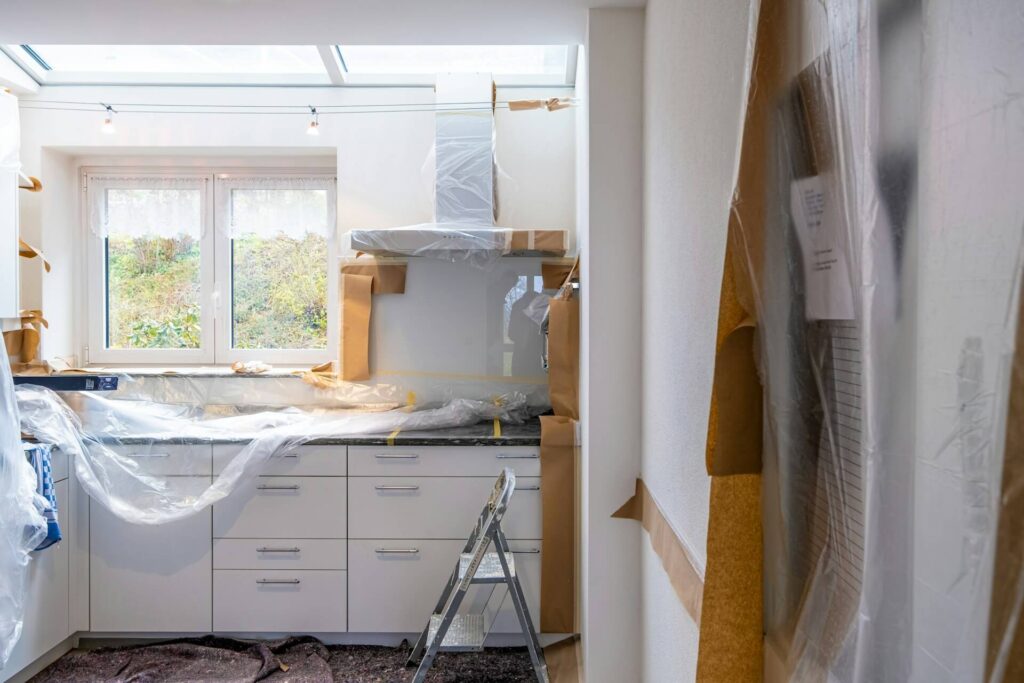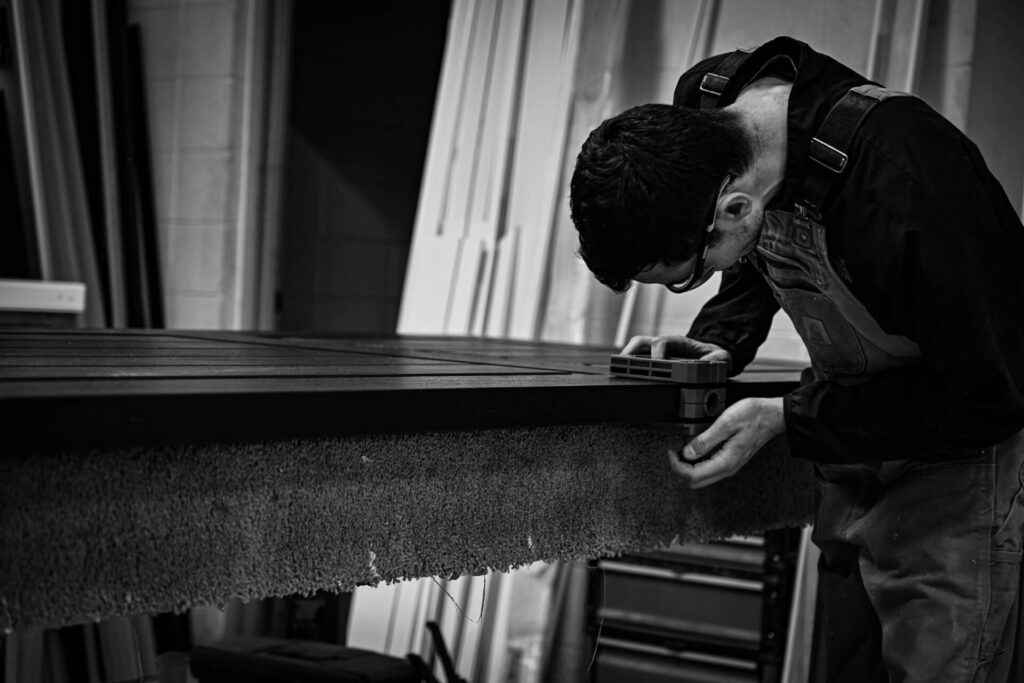
We are reader-supported. When you buy through links on our site, we may earn an affiliate commission.
Carbon monoxide (CO) is a colorless, odorless, tasteless gas that kills no less than 240 people in the United States every year. This silent killer at home is harmful when inhaled because it deprives vital organs of oxygen when it reaches the bloodstream. It’s also poisonous to pets relying on hemoglobin to move oxygen throughout the body.
What causes carbon monoxide in a house? How much of it is dangerous? How to get rid of it completely? Get your pressing questions about CO poisoning answered to protect yourself and your loved ones from this toxin.
What Causes Carbon Monoxide in a House?
CO is a product of incomplete combustion. Appliances that burn carbon-containing fuel — natural gas, propane, oil, kerosene, wood and charcoal — are the primary causes of carbon dioxide at home. The usual suspects are:
- Clothes dryers
- Fireplaces
- Grills
- Lawn equipment
- Motor vehicles
- Ovens
- Power tools
- Stoves
- Water heaters
Smoking tobacco releases CO in the air, too.
Having the same level of CO indoors as outdoors is ideal. If your home CO concentrations are higher than the level outside, there must be a source of this gas inside your house or near it. It’s likely to happen when you live by a busy street since 55% of CO emissions come from on-road vehicles.
How Much Carbon Monoxide Is Dangerous?
Anything above 400 parts per million (ppm) is dangerous. However, exposure to a concentration lower than that can jeopardize your health.
To put things into perspective, 9 ppm averaged over an eight-hour period is the national ambient air quality standard for CO. Still, the health effects of CO inhalation depend on the concentration level.
Breathing in a small amount of CO can result in fatigue if you’re healthy or chest pain if you have heart disease. A moderate CO level can cause you to feel pain or discomfort in your chest, experience impaired vision, and lose some brain function. A high CO quantity can lead to flu-like symptoms — such as dizziness, headache, nausea and confusion.
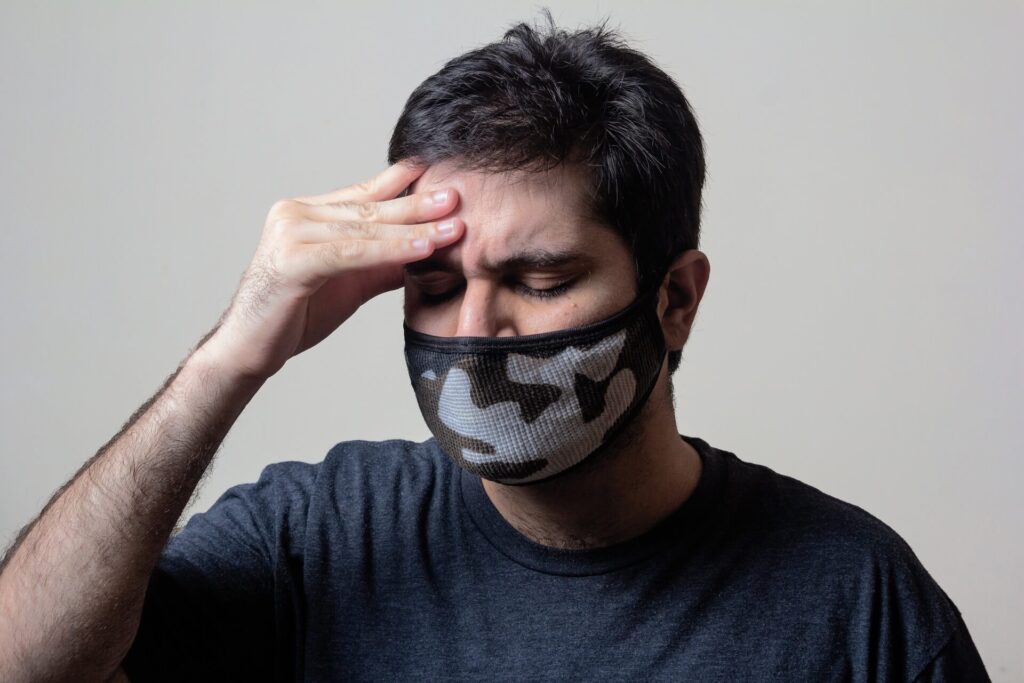
An extremely high CO concentration kills.
How Quickly Does Carbon Monoxide Make You Sick?
Carbon monoxide can quickly make you sick when a high amount enters your body. Death by CO poisoning can happen in minutes. You may not even feel any symptoms when you get poisoned after passing out or while asleep.
How Can You Tell If There Is Carbon Monoxide Without a Detector?
Yes, you can tell if there’s carbon monoxide without a detector. Regarding gas appliances, seeing orange or yellow flames instead of the usual blue is a red flag. Sooth around or on your machines and frequently blowing out pilot lights are signs of CO leakage.
If you burn charcoal or wood at home, slower-than-usual combustion should ring the alarm bells about high CO fumes in the air.
Furthermore, window condensation may indicate you have a faulty CO emitter at home. This exhaust gas can add more water vapor to the air, causing your colder window glass to sweat upon contact.
The above tips are helpful but can’t definitively determine whether you have a dangerously high CO level in specific home areas. For example, various water-related activities can increase your home’s indoor moisture levels. Water droplets on the windowpane’s outer surface may be a side effect of low-emissivity coatings and airtight multi-pane window systems, suggesting energy efficiency.
The best way to determine an unsafe CO concentration at home is to install detectors near every sleeping area and on every floor of your house.
CO detectors sound an alarm when they sense CO at 70 ppm for several hours. However, they only wait a few minutes before making a noise when they sniff CO above 400 ppm. They trigger their siren based on the danger this harmful substance may pose to your health. This way, you can go outside and get some air in time before you experience any symptoms.
Mind you, detectors can return false positive readings when placed close to CO sources. Ideally, you must mount them on walls within 10 feet of every bedroom door and a few feet below the ceiling.
Can an All-Electric House Have Carbon Monoxide?
Yes, an all-electric house can still have air pollutants, which begs the question — what causes carbon monoxide in a house with no gas appliances? An internal combustion engine (ICE) vehicle or a fossil fuel-burning generator.
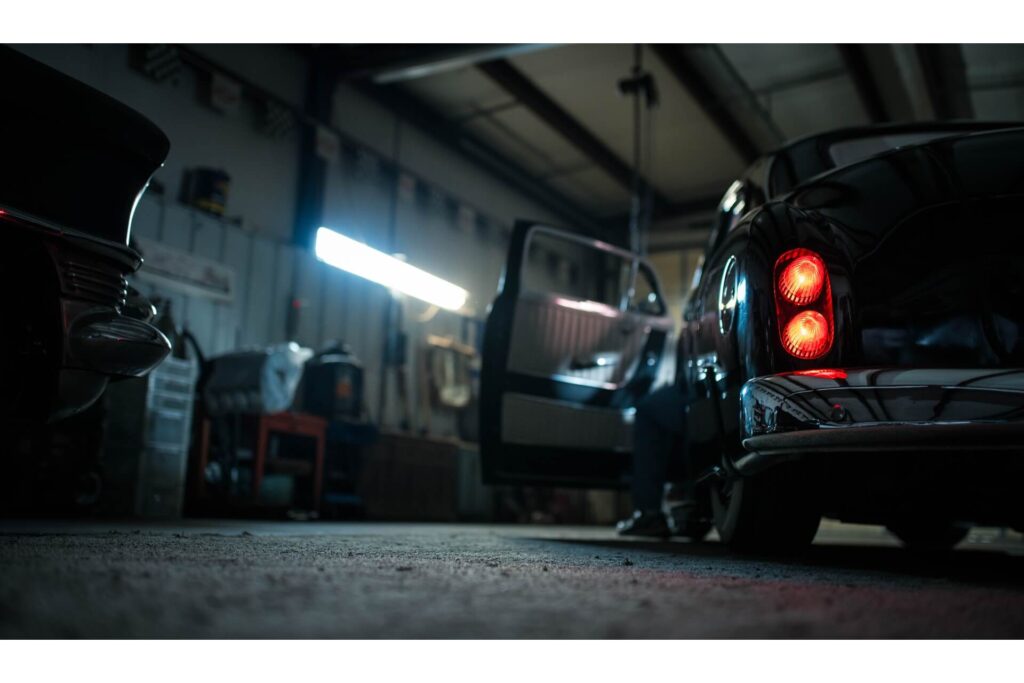
CO may enter your home when you run an idle (ICE) vehicle in an attached garage. You’ll have to worry about tailpipe emissions until you electrify your ride. Upgrading to an actual zero-emission vehicle — like a hydrogen-powered fuel cell electric vehicle emitting only warm air and water vapor — is another step closer to sustainability and a great leap forward in indoor air quality.
Aside from your ICE vehicle, your backup power equipment can also fill your house with sneaky CO during an outage. It can happen when you run your generator in an enclosed space — properly ventilated or not — or too close to your living quarters.
Most generators are CO emitters because they produce electricity with gasoline, diesel, natural gas or propane. Even biodiesel and emulsified models contaminate the air to some extent.
Your safest bets are solar and hydrogen generators. Solar is clean energy, so it’s 100% safe.
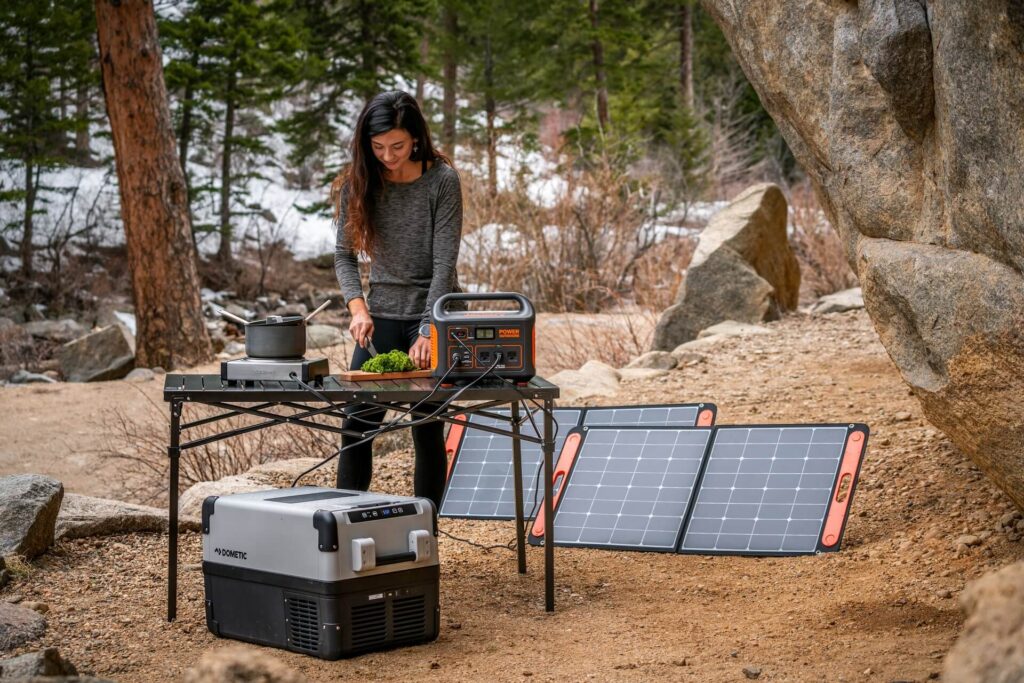
Hydrogen-powered units are greener than fossil fuel-burning models. Admittedly, some hydrogen generators with an internal combustion engine spew exhaust gas. Buy a hydrogen fuel cell generator to ensure no harmful emissions.
How to Get Rid of Carbon Monoxide in Your House
Ventilate your rooms and switch off your combustion appliances — only if you can and are feeling okay — to get rid of carbon monoxide in your house. You must air out this toxin for as long as your CO detectors beep. Continuous beeping suggests gas leakage, so call 911 to inform your local fire department.
Go outside to breathe some fresh air to supply your body with much-needed oxygen and counter the effects of CO poisoning. It may take 4-6 hours to exhale 50% of the poisonous gas in your body.
Better yet, go to an emergency room to see a physician, get diagnosed, receive ample treatment, and shorten the clearing time. You can go after a few hours once your blood tests are normal and you pass your physical exam.
Stay Safe From Carbon Monoxide at Home
Protecting yourself from a threat human senses can’t detect can be nerve-racking. Embrace a sustainable lifestyle and install enough CO detectors to safeguard your family against this silent killer.





